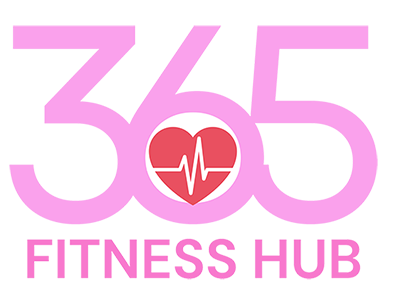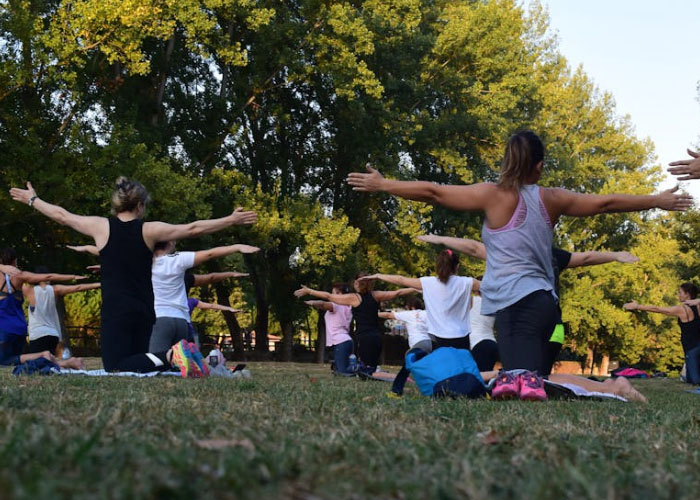When it comes to optimizing your fitness routine, timing can be as crucial as the exercises themselves. While any exercise is better than none, understanding the science behind the best time to work out can help you maximize your efforts and achieve better results. Here’s what research suggests about the optimal time for physical activity.
Morning Workouts: Benefits and Drawbacks
Benefits:
Improved Consistency: Exercising in the morning can help establish a routine, making it less likely that other commitments will interfere with your workout.
Better Weight Management: Morning exercise has been linked to better fat burning. Studies show that exercising on an empty stomach (before breakfast) can enhance fat oxidation.
Enhanced Mood and Productivity: Morning workouts boost endorphin levels, leading to improved mood and increased alertness throughout the day.
Drawbacks:
Reduced Muscle Performance: Muscle strength and flexibility are usually lower in the morning compared to later in the day. This can affect performance, especially in activities requiring high power or flexibility.
Increased Injury Risk: With body temperature and muscle function at their lowest, the risk of injury may be higher in the early hours.
Afternoon and Evening Workouts: Benefits and Drawbacks
Benefits:
Peak Physical Performance: Studies indicate that strength, flexibility, and endurance peak in the late afternoon and early evening due to higher body temperatures.
Better Hormonal Profile: Hormones like testosterone, which are crucial for muscle growth and recovery, are at optimal levels in the late afternoon.
Improved Metabolic Benefits: Post-workout metabolism remains elevated longer into the evening, which can enhance calorie burning even after the exercise session is over.
Drawbacks:
Potential for Schedule Conflicts: Evening workouts can be disrupted by social events, work commitments, or end-of-day fatigue.
Sleep Interference: Intense late-night exercise can interfere with sleep patterns due to elevated heart rates and adrenaline levels.
The Science Behind Timing
The body’s circadian rhythms, which regulate physiological processes, play a significant role in determining the best time to work out. These rhythms are influenced by the natural light-dark cycle and impact everything from hormone production to body temperature.
Body Temperature: Peaks in the late afternoon and early evening, improving muscle function, enzyme activity, and endurance performance.
Hormonal Fluctuations: Testosterone levels, which aid muscle growth, are higher in the late afternoon, while cortisol (a stress hormone that can inhibit muscle growth) is higher in the morning.
Reaction Time and Heart Efficiency: Both peak in the afternoon, contributing to better performance and reduced injury risk.
Personalized Approach: Listen to Your Body
Despite general trends, the best time to work out can vary based on individual preferences, schedules, and physiological responses. Some people are natural early risers, while others perform better later in the day. Listening to your body and noting when you feel most energetic and perform best can help you tailor your workout schedule effectively.
Experiment: Try working out at different times to see when you feel strongest and most motivated.
Consistency: Aim for consistency in your workout schedule to develop a routine and make it a sustainable habit.
Adaptability: Be flexible and adjust your workout timing as needed to fit changes in your schedule or lifestyle.
Conclusion
While science suggests that afternoon and early evening workouts may offer the most physical performance benefits, the best time to exercise ultimately depends on your personal schedule, body rhythms, and fitness goals. Whether you choose to work out in the morning or evening, the key is to find a time that you can stick to consistently, ensuring that exercise becomes a regular and enjoyable part of your daily routine.

